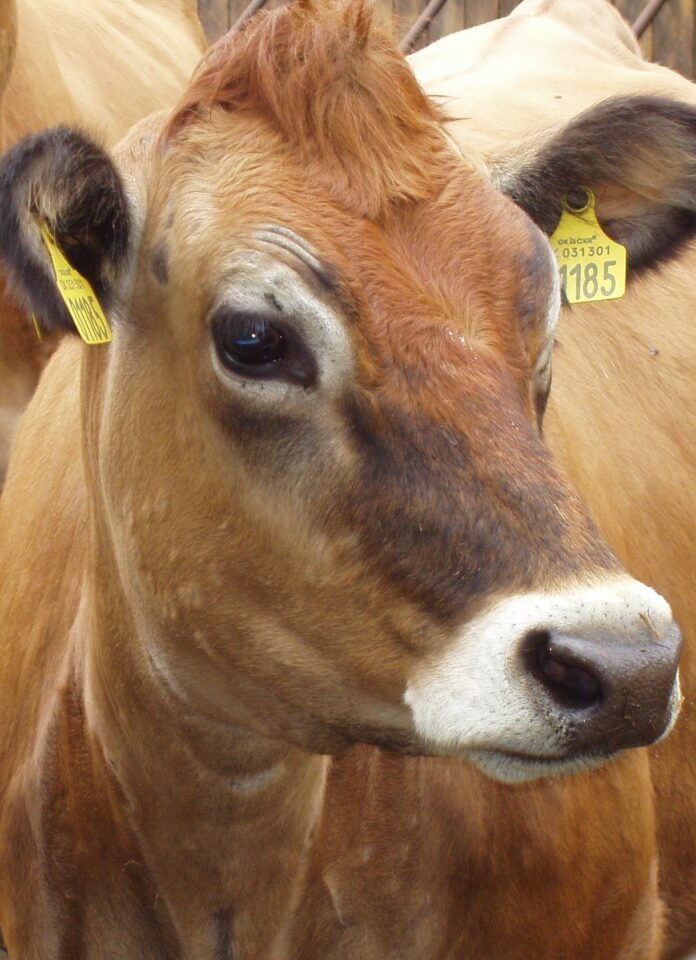Circadian Rhythms and Glucose Metabolism in Dairy Cows
In both humans and animals, the regulation of glucose and insulin levels throughout the day is governed by circadian rhythms, our internal 24-hour clocks. However, until recently, it was unclear whether dairy cows also exhibited similar daily patterns in glucose metabolism, which is crucial for milk production.
A recent study conducted by researchers sought to investigate the daily rhythms of glucose clearance and insulin response in lactating Holstein cows. The study involved 12 cows that were tested at different times of the day to assess their ability to clear glucose from their blood and how their insulin levels fluctuated. The cows were administered glucose intravenously, and blood samples were collected over a two-hour period at 3 a.m., 9 a.m., 3 p.m., and 9 p.m. To eliminate the influence of feeding schedules on the results, the cows were fed consistently throughout the day.
The findings of the study revealed distinct daily patterns in both glucose and insulin responses, with peak levels observed in the late morning and early afternoon. This suggests that cows exhibit variations in their ability to process glucose efficiently at different times of the day, similar to humans and other animals. Interestingly, the levels of nonesterified fatty acids (NEFA), another energy-related compound in the blood, did not exhibit a daily pattern.
The implications of these findings are significant for dairy farmers and veterinarians. Understanding the times when cows are most sensitive to insulin could aid in optimizing feeding schedules, health treatments, and overall care practices, particularly for cows in early lactation stages. This knowledge could help in managing metabolic issues such as insulin resistance, ketosis, and fatty liver, which are common concerns during this critical period.
For more detailed information on the research study, readers are encouraged to access the full article published in the Journal of Dairy Science. The link to the full study can be found here: Read the full study in the Journal of Dairy Science.
In conclusion, the study sheds light on the intricate relationship between circadian rhythms and glucose metabolism in dairy cows. By gaining a better understanding of these daily patterns, farmers and veterinarians can make informed decisions to enhance the health and productivity of dairy cows, ultimately benefiting both the animals and the dairy industry as a whole.



